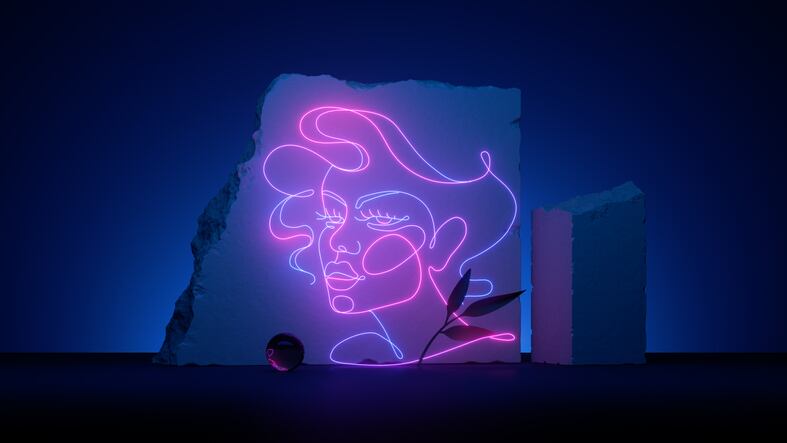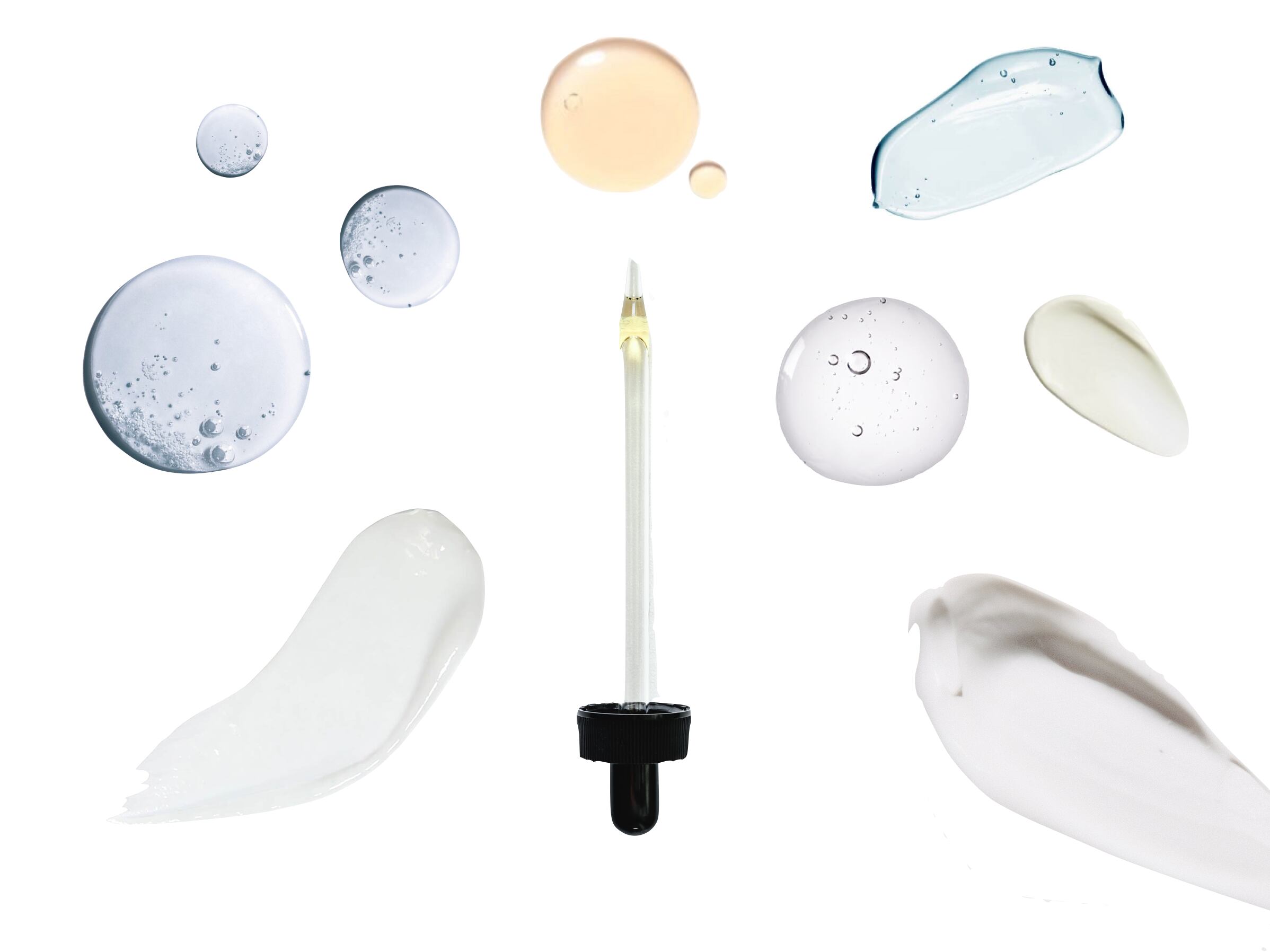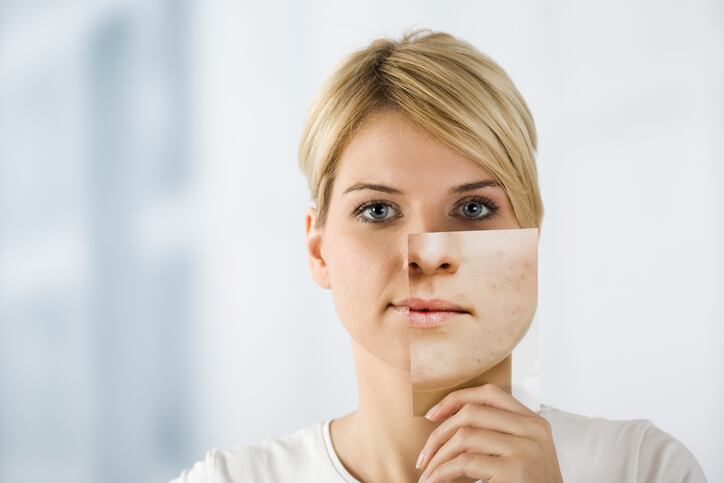Writing in its international patent, Coty said as cosmetic virtual try-on (VTO) applications advanced, it was important colour adjustments on these platforms were as realistic and representative as possible. It had therefore developed a system that enabled more dynamic colour adjustments that changed according to ambient lighting conditions. The tech, Coty said, had been designed for makeup virtual try-ons where accurate colour representation was especially important given how variable it could look in different lighting.
Moving beyond conventional virtual try-on
“Consumers want to know how makeup will actually look under a variety of lighting conditions (e.g. daylight, at home, at work etc.) and this is not possible with conventional VTO techniques,” Coty wrote in its patent filing.
“…Conventional VTO techniques either use white balancing to standardise the user’s appearance to a constant ambient lighting in an attempt to increase the accuracy of the invariant overlaid colour, or they don’t use white balance and overlay an invariant colour irrespective of the ambient lighting,” it said.
What this meant, however, was consumers couldn’t truly evaluate the performance of a product under a range of lighting conditions because they were seeing either a “colour-corrected version of themselves” or “wildly inaccurate representations of product colour”.
There was a need, therefore, to address these “shortcomings” by modifying the product colour based on ambient lighting conditions rather than using single-reference colours, Coty said. Colour was not an intrinsic material property and needed to be determined by the properties of light under which a colour was being observed, it said.
“By modifying the product colour to reflect how the product would appear in the ambient lighting conditions present, a truer representation of the appearance of a product may be presented under a range of lighting conditions chosen by the user, enabling more informed purchasing decisions.”
Lighting levels and skin tone analysis
Coty said its tech assessed lighting levels and the colour temperature of ambient lighting conditions to adjust digital product colour to align with the “prevailing light conditions”.
The evaluation of ambient lighting conditions involved lighting calibration, it said, which could form part of a skin tone analysis of the user. For example: understanding if a person’s skin tone was light but being viewed in dim lighting or dark but being viewed in bright lighting, or if yellow-hued skin was real or because of warm lighting.
And the beauty major said there were several ways to do this, including taking an image of a white piece of paper or asking the user to do a one-time calibration in cloudy sunlight with no makeup to determine a “reference skin tone”; the latter being an ideal and simple means.
This “colour calibration information” could then be used to adjust the product colour from standardised lighting conditions to real-time ambient lighting conditions, applying a “transformation algorithm” to variables of a colour, it said.
Coty said these digital colours could be overlaid either onto the image of a user in a video stream setting or in a virtual try-on application onto an AR representation of the user.
“The systems and techniques discussed herein improve the accuracy of virtual try-on applications for makeup,” Coty wrote.
WIPO International Patent No. WO/2022/081885
Published on: April 21, 2022. Filed on: October 14, 2021.
Title: “Dynamic color adjustment in augmented reality”
Inventors: Coty – MM. Perdok et al.




